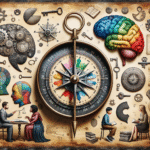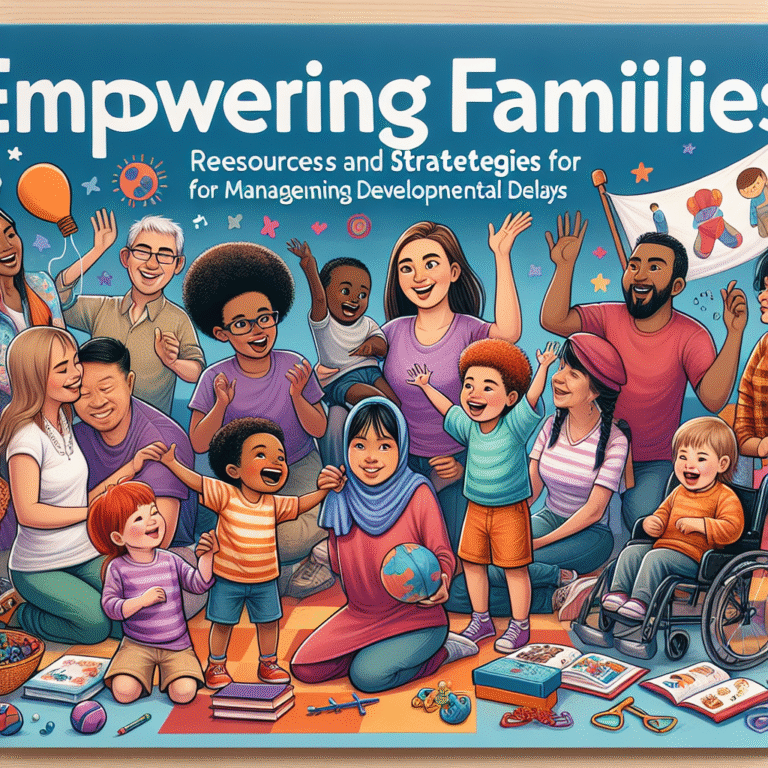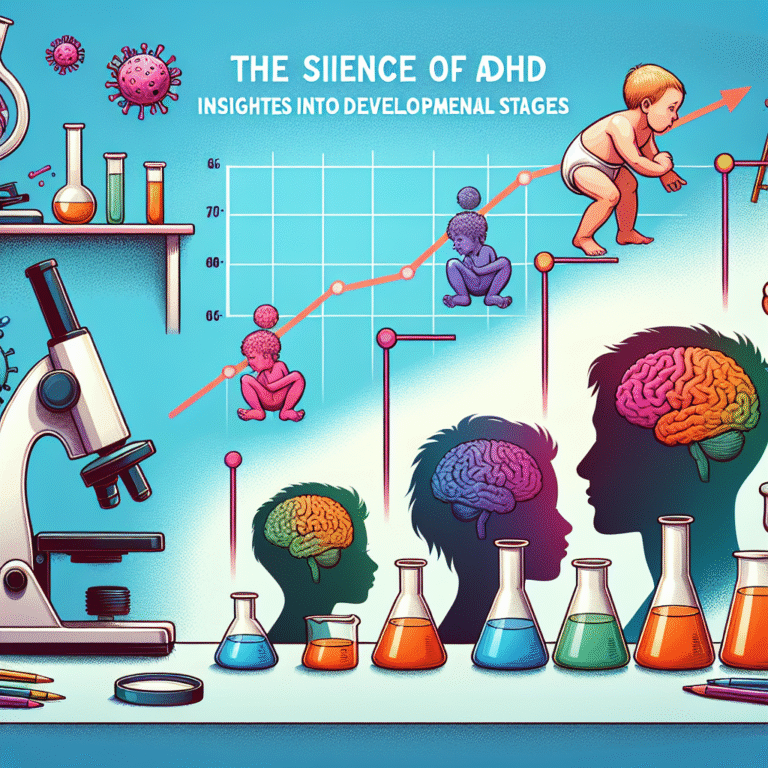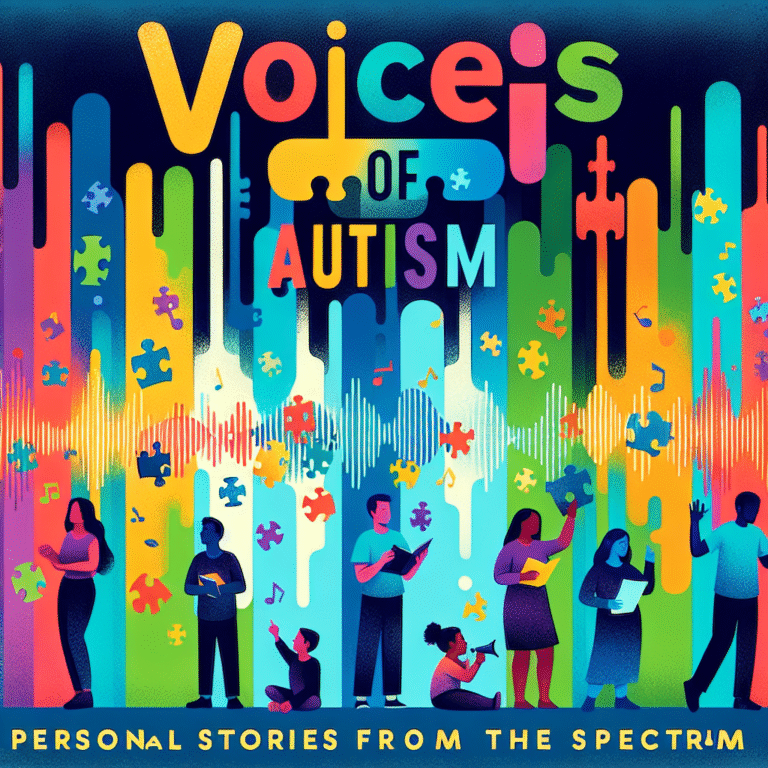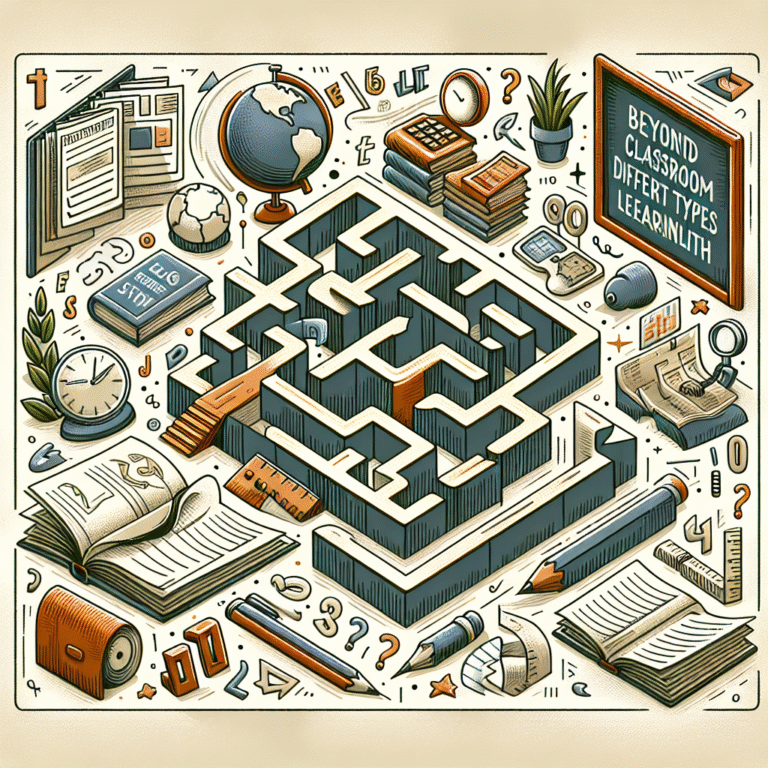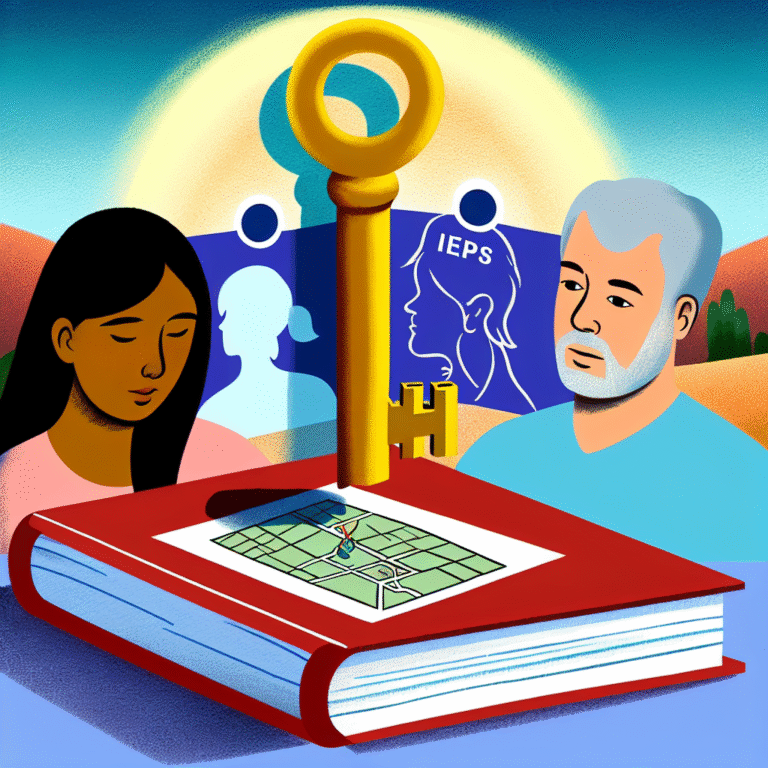
Introduction
Imagine holding a tiny bundle of joy—soft, delicate, and utterly fascinating. That little one, while seemingly fragile, possesses a remarkable arsenal of reflexes that are crucial for their survival and developmental journey. Why Reflexes Matter: Decoding Newborn Responses and Their Implications dives deep into this topic, unveiling the extraordinary ways in which reflexes shape a newborn’s early life. Understanding these reflexes not only enhances our appreciation of infant development but also provides essential insights for parents, caregivers, and medical professionals alike.
The Fascinating World of Newborn Reflexes
From sucking to grasping, newborn reflexes are instinctual responses that require no conscious thought. These reflexes lay the groundwork for a child’s initial interactions with their environment and play a pivotal role in their survival.
The Most Critical Reflexes
The Rooting Reflex
Triggered by touching a baby’s cheek, this reflex prompts them to turn their head and open their mouth, helping them find the nipple for feeding.The Sucking Reflex
This instinct allows babies to suck their mother’s breast or a bottle nipple, ensuring they receive nourishment.The Grasp Reflex
When an object is placed in a baby’s palm, they will instinctively grasp it. This reflex not only aids in bonding but also encourages exploration as babies grow.The Moro Reflex
Also known as the startle reflex, this reaction emerges when a baby feels a sudden drop. Their arms fan out, and then they rapidly bring them back in, a response believed to be a survival mechanism.- The Babinski Reflex
When the sole of a baby’s foot is stroked, their toes fan out—a sign of healthy neurological function.
Table 1: Key Newborn Reflexes and Their Functions
| Reflex Name | Trigger | Purpose |
|---|---|---|
| Rooting Reflex | Touching cheek | Find nipple for feeding |
| Sucking Reflex | Stimulated by sucking | Obtain nourishment |
| Grasp Reflex | Object in palm | Develop grip strength and coordination |
| Moro Reflex | Sudden loss of support | Survival instinct; response to perceived threat |
| Babinski Reflex | Stroking foot sole | Assess neurological function |
The Significance of Reflexes in Development
Understanding Why Reflexes Matter: Decoding Newborn Responses and Their Implications illuminates the complex interplay between these innate responses and a child’s growth. Reflexes serve as vital indicators of neurological health, providing early warnings of potential developmental issues.
Case Study: A Closer Look at the Moro Reflex
Consider Sarah, a newborn who exhibits a strong Moro reflex. Initially perceived as merely a physiological response, this reflex turned out to be significant. Pediatric assessments compared Sarah’s reflexes with standard developmental milestones, revealing no red flags. This allowed for timely parental education about the need to provide a nurturing environment.
Analysis: By examining Sarah’s Moro reflex, healthcare providers could reassure her parents about her development, emphasizing the importance of reflexes in gauging a child’s well-being.
The Role of Reflexes in Parent-Child Bonding
Newborn reflexes are not just biological responses; they are foundational to bonding and emotional exchanges between parents and their infants. Each reflex response invites interaction, fostering a nurturing environment that enhances attachment.
The Emotional Attachment in Action
When a baby grasps a caregiver’s finger, it’s not only a motor response but also a moment steeped in emotional connection. The grasp reflex can be viewed as a call for closeness, inviting parents to engage with their infants more deeply.
Implications for Healthcare Professionals and Educators
For pediatricians and educators, understanding the concept of Why Reflexes Matter: Decoding Newborn Responses and Their Implications is critical. Identifying and assessing these reflexes during early check-ups can reveal much about an infant’s neurological development.
Case Study: Reflex Assessment in Early Development
Dr. James, a pediatrician, found that consistent monitoring of reflexes helped identify atypical developments in some patients. For instance, a child’s absent grasp reflex raised red flags, prompting early intervention strategies tailored to the child’s needs.
Analysis: This case illustrates the vital role healthcare professionals play in early life assessments, emphasizing that reflex evaluations are not merely routine checks but critical steps for ensuring comprehensive developmental progress.
Encouraging Reflexive Development Through Play
Parents and caregivers can enhance reflexive development through intentional play. Engaging children in activities that stimulate their reflexes can foster growth while nurturing their emotional and cognitive development.
Practical Activities to Promote Reflexes
- Tummy Time: Encourages the Moro and grasp reflex as babies learn to push their bodies up.
- Nursing Cues: The rooting reflex can be reinforced by skin-to-skin contact, establishing a reliable feeding routine.
- Interactive Grasping: Using colorful toys can stimulate the grasp reflex, promoting hand-eye coordination.
Conclusion
In conclusion, Why Reflexes Matter: Decoding Newborn Responses and Their Implications reveals that reflexes are more than mere biological reactions—they are essential elements of infant development and parent-child bonding. Understanding these reflexes allows us to appreciate the complexities of early life, recognizing the critical role they play in shaping a child’s future.
By ensuring proper attention and responding to these reflexes, we can support healthy development and nurture deeper emotional connections. So, as you cradle that precious little one in your arms, remember: those tiny reflexes are the building blocks of a lifetime of learning and love.
FAQs
1. What are the main newborn reflexes to watch for?
The main reflexes include the rooting, sucking, grasp, Moro, and Babinski reflexes, each serving distinct purposes in the infant’s early life.
2. How can I support my baby’s reflex development?
Encourage activities such as tummy time and interactive play with colorful toys that stimulate these natural reflexes.
3. What if my baby does not exhibit certain reflexes?
If you notice absent or diminished reflexes, consult your pediatrician to assess the situation further.
4. What developmental milestones are linked to newborn reflexes?
Reflexes are early indicators of neurological health and are assessed against milestones such as head control, smiling, and reaching for objects.
5. Do reflexes persist beyond infancy?
Most newborn reflexes disappear within the first few months; however, some reflexes, like the grasp reflex, evolve into more complex motor skills as the child grows.
This comprehensive article on Why Reflexes Matter: Decoding Newborn Responses and Their Implications serves as a valuable resource for anyone interested in understanding the intricate world of newborn development. With insights rooted in research and practical advice, readers can feel equipped to nurture the delicate early stages of life effectively.
